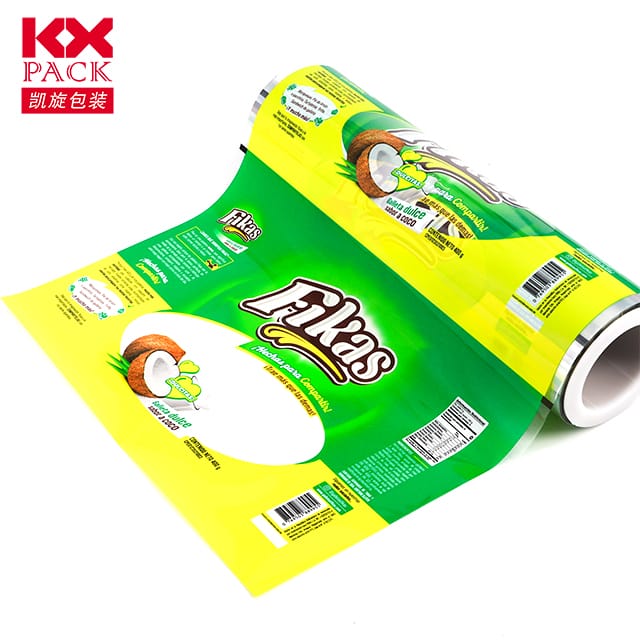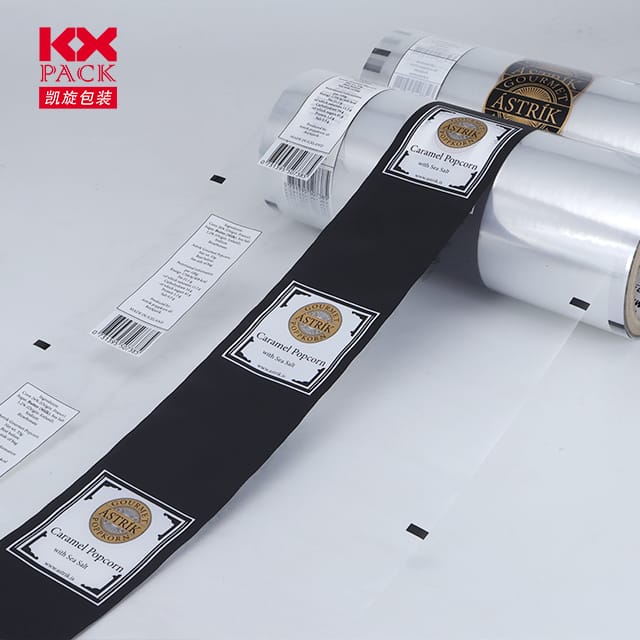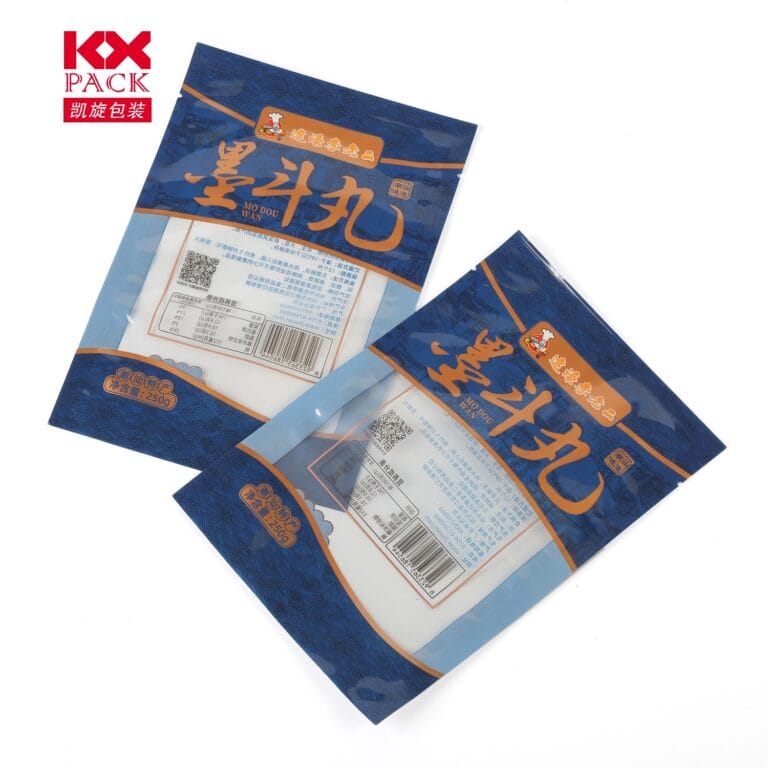تکامل و تأثیر فیلم های بسته بندی پلاستیکی: تعادل عملکرد و پایداری
فیلم های بسته بندی پلاستیکی
In today’s fast-paced consumer landscape, plastic packaging films have become ubiquitous, بی سر و صدا از همه چیز از محصولات تازه گرفته تا الکترونیک محافظت می کند. این مواد همه کاره, معروف به دوام سبک آنها, مقاومت در برابر رطوبت, و کارآیی هزینه, انقلابی در نحوه دستیابی محصولات به مصرف کنندگان متحول کرده اند. تا کنون, ردپای محیطی آنها مباحثات داغ را برانگیخته است. Let’s unpack the world of plastic packaging films—exploring their benefits, challenges, and the innovative strides toward a greener future.
1. The Workhorses of Modern Packaging
Plastic packaging films, از جمله پلی اتیلن (پلی اتیلن), پلی پروپیلن (PP), and polyester (PET), are engineered to meet diverse needs.
- Food Preservation: Films like BOPP (پلی پروپیلن با گرایش) are staples in snack packaging, offering transparency, moisture barriers, and printability. به عنوان مثال, potato chip bags rely on multi-layered films to maintain crispness and shelf life.
- Agricultural Applications: LDPE (پلی اتیلن کم چگالی) films shield crops from pests and weather, extending growing seasons and reducing food waste before harvest.
- Industrial and Medical Uses: Stretch films secure pallets during transit, while sterilized medical-grade films protect surgical instruments.
Their adaptability across industries underscores their indispensability—but at what cost?
2. The Environmental Paradox
While plastic films excel in performance, their drawbacks are hard to ignore:
- Single-Use Waste: A staggering 36% of all plastic produced globally is used in packaging, much of it discarded after a single use. Films like cling wrap or shopping bags often end up in landfills or oceans, taking centuries to decompose.
- Recycling Hurdles: Many films are challenging to recycle due to contamination, multi-layer compositions, or lack of infrastructure. مثلا, composite films used in coffee packaging (به عنوان مثال, foil-lined pouches) are rarely accepted in curbside programs.
- Microplastic Pollution: Degraded films fragment into microplastics, infiltrating ecosystems and even human food chains.
3. نوآوری ها باعث پایداری می شوند
The packaging industry is racing to address these challenges with cutting-edge solutions:
- Biodegradable and Compostable Films: Companies like TIPA Corp و Novamont are pioneering compostable films made from plant-based materials (به عنوان مثال, corn starch or algae). These break down in industrial composting facilities within weeks, offering a viable alternative to traditional plastics.
- Recyclable Mono-Material Films: Brands are shifting to single-polymer films (به عنوان مثال, 100% PE or PP) to improve recyclability. مثلا, ProAmpac’s ProActive Recyclable films are designed for easy sorting and reprocessing.
- Chemical Recycling Breakthroughs: Advanced recycling technologies, such as pyrolysis, convert mixed plastic waste into fuels or raw materials for new films, closing the loop on circularity.
- Barrier Coatings from Nature: Innovators are using کیتوزان (from crustacean shells) یا cellulose nanofibers to create biodegradable barriers, reducing reliance on fossil-fuel-based chemicals.
4. Consumer and Corporate Responsibility
The transition to sustainable packaging isn’t just a manufacturer’s job—consumers and policymakers play pivotal roles:
- Educating Shoppers: Clear labeling (به عنوان مثال, “Home Compostable” vs. “Recyclable”) and awareness campaigns can reduce contamination in recycling streams.
- Corporate Commitments: Giants like Unilever و Nestlé have pledged to slash virgin plastic use and invest in recyclable/compostable packaging by 2025.
- Policy Levers: Extended Producer Responsibility (EPR) laws in the EU and U.S. hold brands accountable for waste, incentivizing eco-design.
5. جاده پیش رو: یک رویکرد ترکیبی
While no single solution will solve the plastic crisis, a hybrid approach shows promise:
- سیستم های قابل استفاده مجدد: Refill stations and returnable packaging (به عنوان مثال, Loop’s durable containers) minimize single-use waste.
- فیلم های هوشمند: Temperature-sensitive or RFID-tagged films could optimize supply chains, reducing over-packaging.
- همکاری جهانی: Cross-industry partnerships (به عنوان مثال, در Ellen MacArthur Foundation’s New Plastics Economy) are accelerating innovation and standardization.
نتیجه: Rethinking the Role of Plastic Films
Plastic packaging films are here to stay—but their future must be redefined. By prioritizingrecyclability, compostability, and reduced material use, the industry can curb its environmental impact without sacrificing functionality.
به عنوان مصرف کننده, we hold power too: Choose brands committed to sustainability, recycle diligently, and advocate for systemic change. گذشته از همه اینها, the films that wrap our daily lives should protect both our products and our planet.
What’s your take on plastic packaging films? Share your thoughts or tips for sustainable swaps below! 🌍🛍️♻️
کلمات کلیدی: plastic packaging films, پایداری, biodegradable packaging, recycling, circular economy, food packaging, environmental impact.






